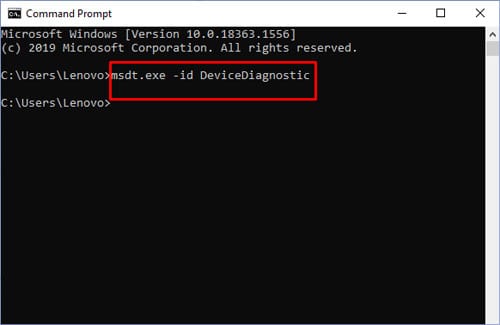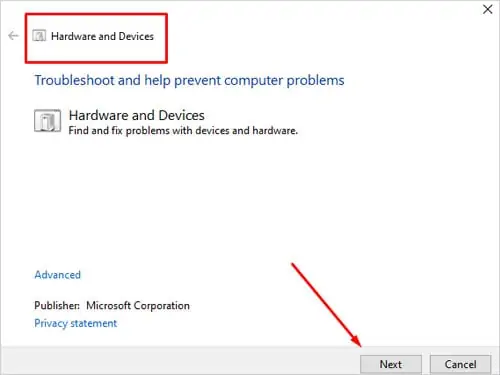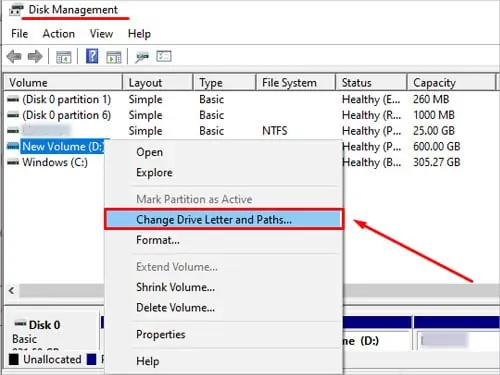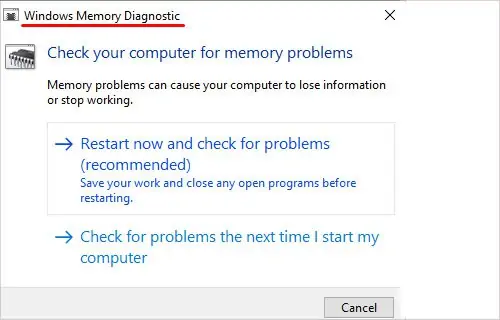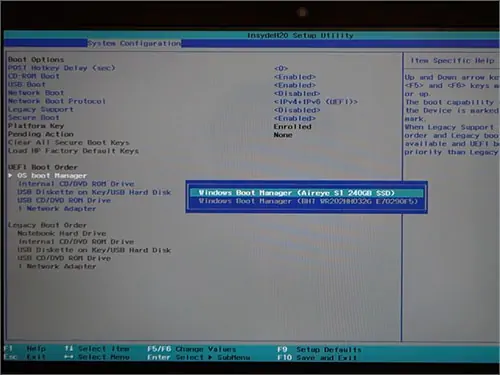There are few things more confusing than buying a brand-new SSD, installing it happily, only to discover that your PC is not recognizing it.
Follow our guide onhow to fix an SSD that does not show up in the BIOSto save yourself countless hours and money spent on shipping “not working SSD” back and forth.
Why Is My SSD Not Showing Up in Bios
Before you read through the troubleshooting steps, be aware of themost common causes that an SSD is not being recognized.
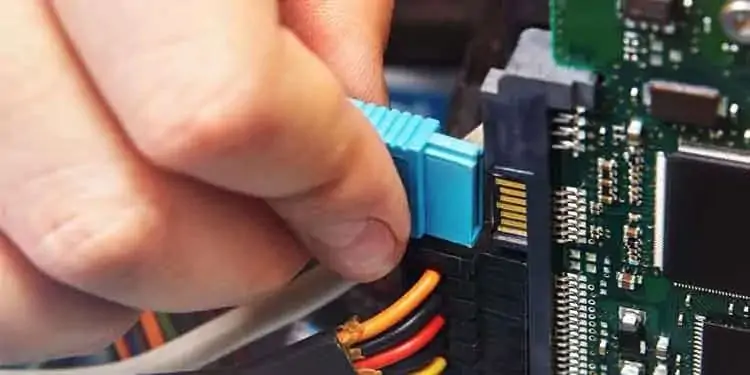
The steps listed below will directly address all of these issues. The order in which you perform the troubleshooting is critical, so please don’t just jump to random steps midway and instead go methodically from the first step to the last one.
The order is meant to narrow down the possible causes, as oftentimes, it’s tough to pinpoint why a hardware part is not showing up.
How to Get Your System to Recognize the New SSD
you may save hours of troubleshooting if you find that the SSD was into the wrong motherboard connector. Maybe the SATA cable was faulty or did not make complete contact.
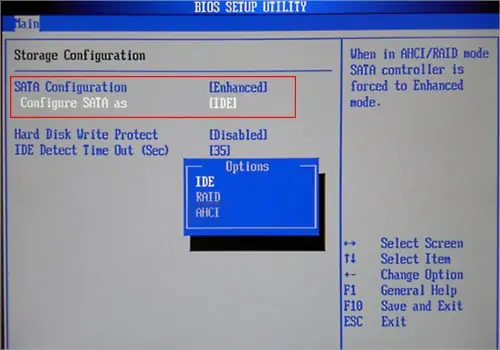
This step will help to physically examine the connector cables from the SSD to the motherboard and power supply. They are usually around the edges of the motherboard, either on the right side or the bottom side.
Confirm That the Motherboard Drivers Are Up to Date
The first step is to verify if your motherboard has thelatest driver installed. If the motherboard driver is outdated, it could have issues detecting some newer models of SSD’s.
Update Your Storage Controller Driver
If the SSD is not showing up in BIOS, you may troubleshoot it in the following way:
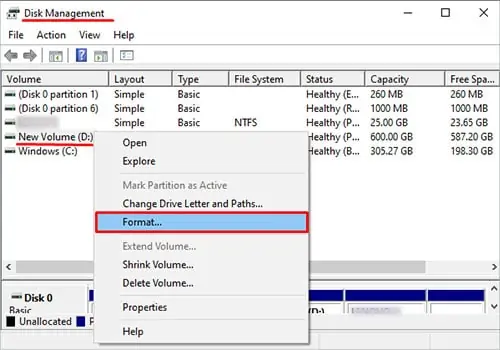
Whenever you install new hardware parts, the computer automatically detects and configures them.
Formatting an SSD to Make It Appear in BIOS
